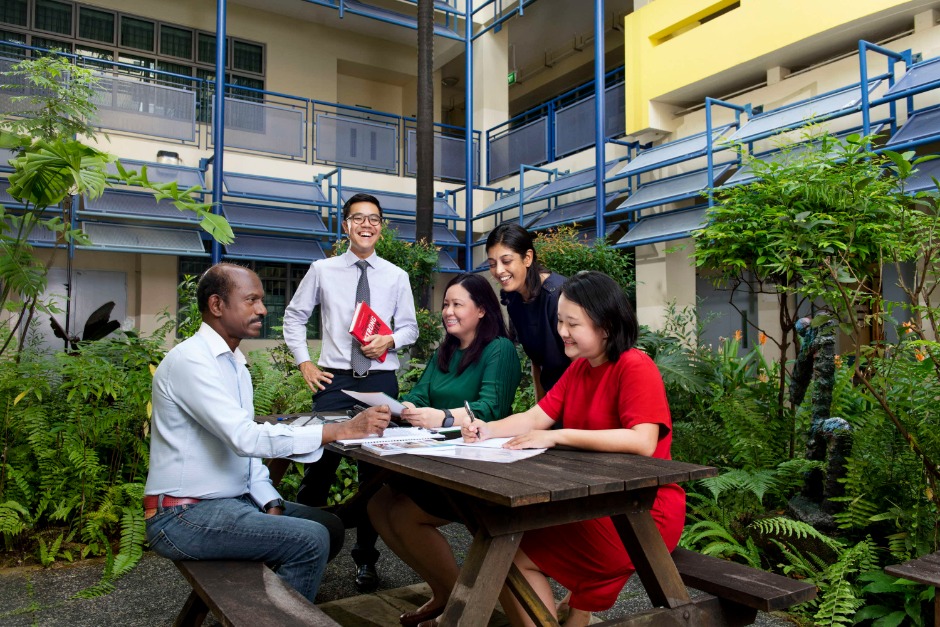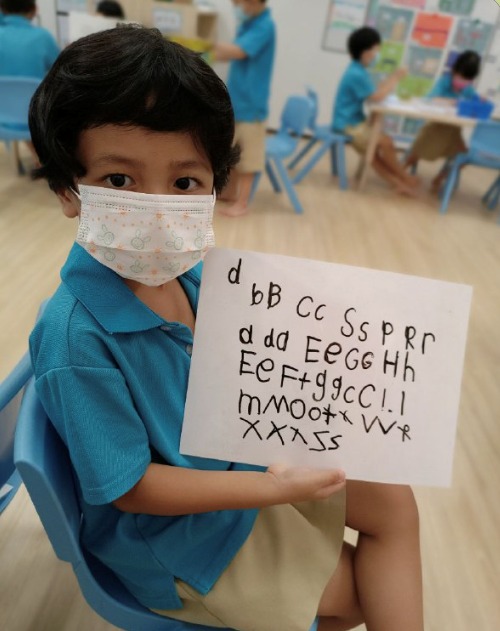Moving to the Beat
05 Jul 2016
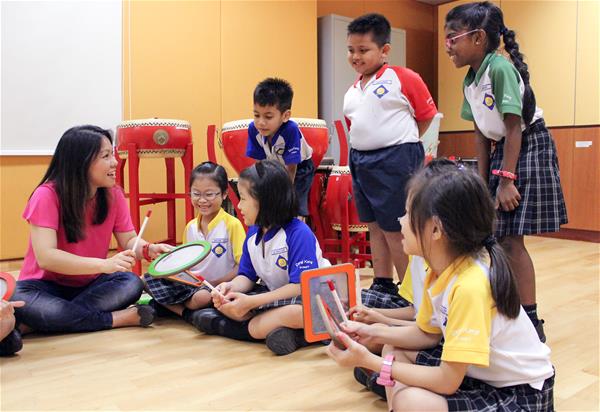
Students at Seng Kang Primary School learn about the different cultures across the world while picking up basic percussion skills, thanks to Ms Sheena Toh, who brought in instruments from African drums to ukuleles.
Toh Xin Yi Sheena, Seng Kang Primary School, Outstanding Youth in Education Award 2016 Recipient
Growing up, I had no formal music training like piano or organ lessons. At home, my father liked to play songs by the Beatles, ABBA, the Beach Boys, Michael Jackson and the Bee Gees. Those were my main exposure to music then and I grew to love their catchy tunes and meaningful lyrics.
Even in primary school, I didn’t have fond recollections of music lessons. My memories of music lessons consist of images of an angry teacher who knew music but couldn’t teach the subject.
I remember sitting attentively on the floor of a music room for thirty minutes, disengaged in the lesson. Moving on to secondary school, out of curiosity and a desire to learn to play a musical instrument, I joined the symphonic band. Although practices were tough and I had to work harder than everyone else owing to my lack of a music background, my best memories were of the times we played as a band, when each of us was immersed in the piece we were playing.
What moved me most were often the stories that inspired the pieces we played. Every band member would do his or her utmost to understand and appreciate the pieces so that we could accurately portray the emotions through our playing. I was hooked onto music since then. A late start, some might say.
The beginning teacher
I was in a dilemma when I had to teach a music lesson to a class full of bright-eyed primary school students for the first time back in 2009. The majority of the students in Seng Kang Primary School had not attended external music lessons and were unable to read musical scores or understand musical terms. While they might have enjoyed listening to the latest pop songs, they didn’t have much awareness of the global and cultural context of music.
Additionally, most of the teachers in my school were not trained to teach music. Sometimes, teachers deployed to teach music couldn’t even read musical notes. Also, as deployment changed every year, the department was only able to provide the teachers with training in basic musicianship.
Things in the music room were not much different either – lessons were still mostly about following the textbook and singing along with the accompanying CD. What’s more, as much as I loved music then, I wasn’t trained to teach the students! In my heart, I believed that music lessons should be fun but I had no idea how to make them engaging and meaningful. I tried using videos and getting the students to have group discussions. Yet, my students were still confined to their chairs and uninterested.
Growing as a professional
So, what do you do when you see a situation that clearly needs work and improvement? I believe that you just got to go out and get your hands dirty. You can’t be afraid of hard work. I decided to act.
In 2010, my principal and I decided to explore ethnic drumming for the Primary 5 students. It didn’t require an extensive focus on music theory and knowledge, and students could just tap on their innate sense of rhythm and experience making music. The playing of drums would also be a good outlet for students to release their anxiety and stress. Students could have fun learning music without the stress of going through an instrumental lesson. More importantly, they were able to move about and be engaged in creating music on their own.
We were successful in engaging the students and they were being exposed to different cultures through the drums. However, they were still not able to articulate the values they learnt through ethnic drumming. To help them attain this appreciation, I started the Artist-in-School (AIS) project – Rhythm-Based Music Engagement in 2012.
Beginning to advance
The AIS project, endorsed by the National Arts Council (NAC), involves working with a professional music group to conduct music lessons for students. Through the lessons, students were introduced to various ethnic percussion instruments and styles of music.
Building on the success of the AIS project in 2012, I decided to provide an extension to the students’ learning at Primary 6 by introducing ukulele and global percussions. Thus, as part of our AIS project in 2013, P6 students learnt to play the ukulele and were given the opportunity to apply the percussion skills they had learnt in the previous year to play global drums such as the djembe, ashiko and conga. The students received many compliments and requests to perform at school and community events.
As my passion for teaching music grew, the turning point came when I finally completed the National Institute of Education (NIE) Advanced Diploma in Music Education in 2015. Through the AIS project, my colleagues and I also went through an 18-hour rhythm-engagement and facilitation workshop with the AIS artist to improve our knowledge and skills in lesson facilitation. I grew in my confidence to lead drum circles after attending the workshop and micro-teaching sessions. It gave me the courage to overcome my fears and lead more than 200 students in playing hand drums and percussion instruments in a drum circle, during the school’s Positive-Living Carnival. It was an exhilarating experience.
After years of observing and participating in the vendor-led lessons through the AIS project, my colleague and I decided to take it upon ourselves to plan, adapt and implement the music modules on our own for the students. By applying what we had learnt from the artist, we were able to balance both process and product by melding content-teaching with values and attitudes.
Seeing the success of the P5 and P6 multicultural curriculum through the AIS, I created a framework for the Aesthetics department and a multicultural music curriculum for all levels, tapping on the lessons I had learnt from my diploma courses.
Creating the Aesthetics framework and music curriculum was challenging but I relish challenges. In addition to skills acquisition and assessments, there were other areas to consider such as targeted social-emotional outcomes at each level, teacher development, talent management, and management of funds, resources and space. I also had to understand how visual arts education was carried out. We had designed the curriculum to ensure that the skills, attitudes and cultural exposure were spiralled from simple to complex, from P1 through P6.
Through these participatory music lessons, I strive to develop my students’ cultural understanding and global awareness, as well as appreciation of the richness of music and its connection with the world.

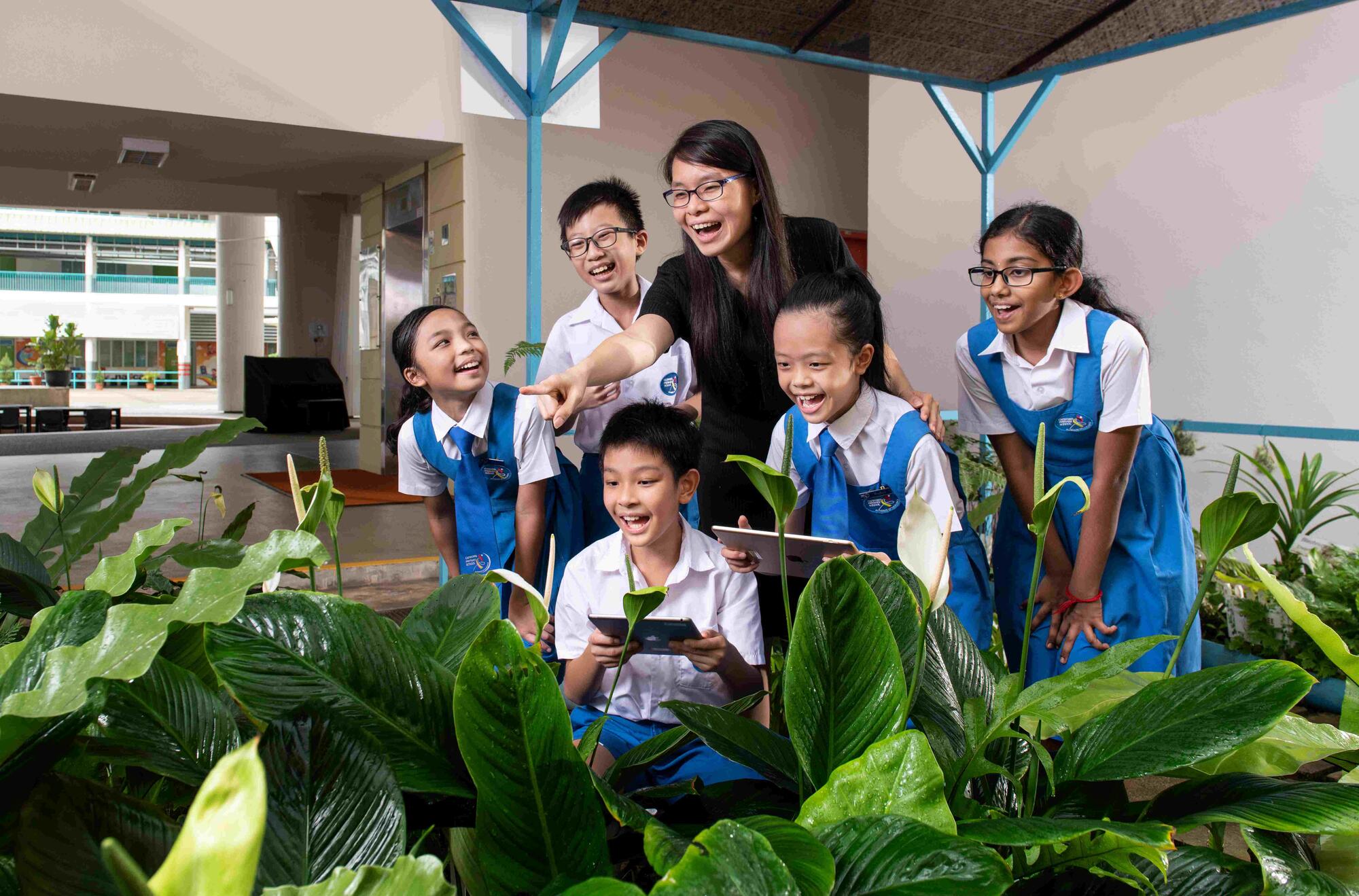
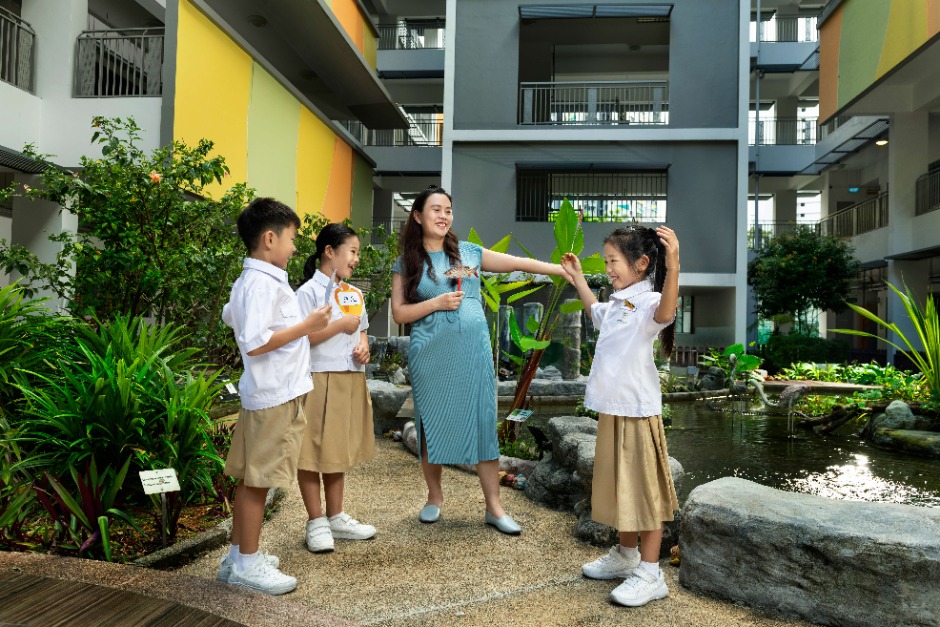
.jpg)
